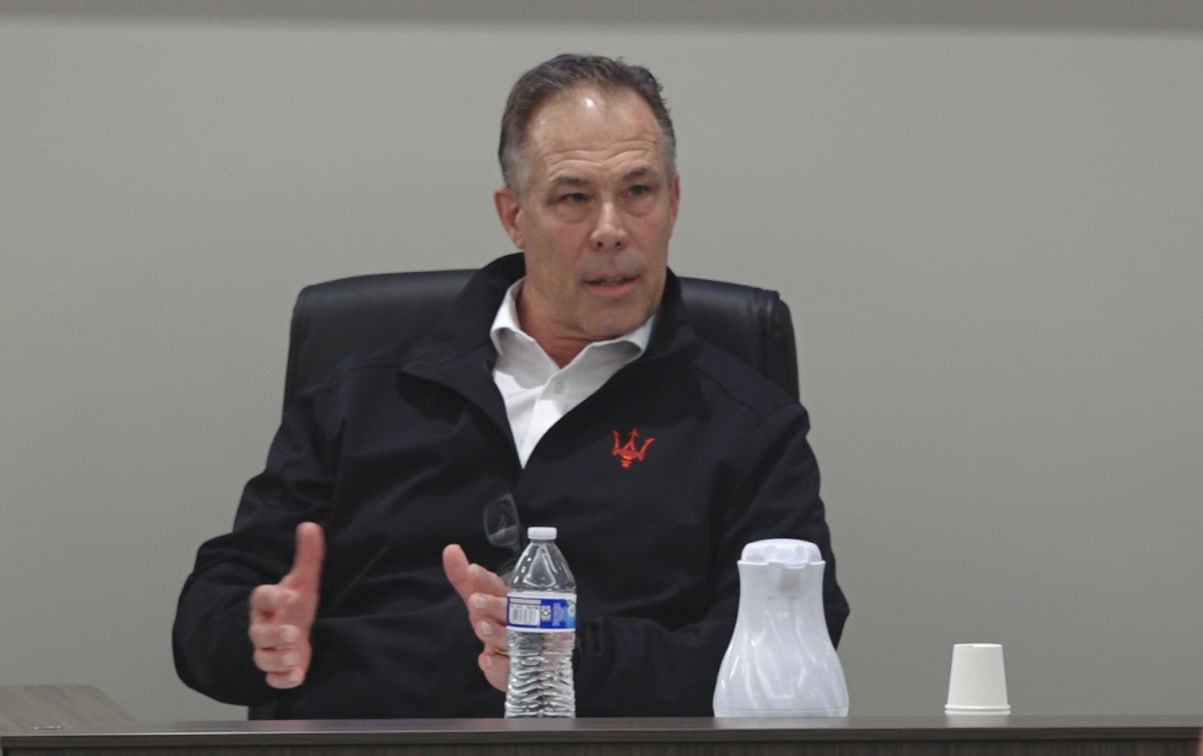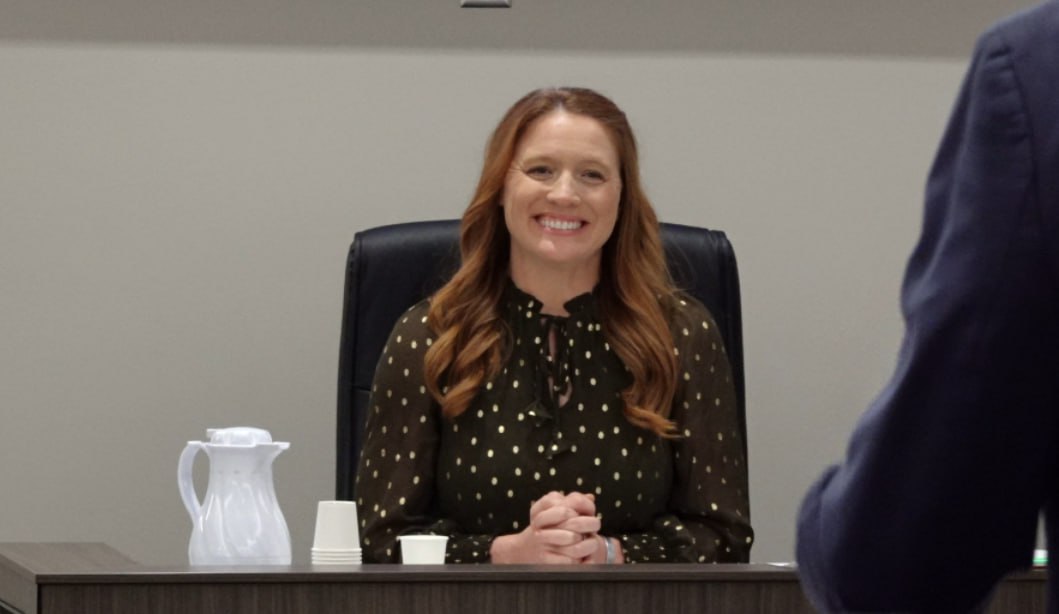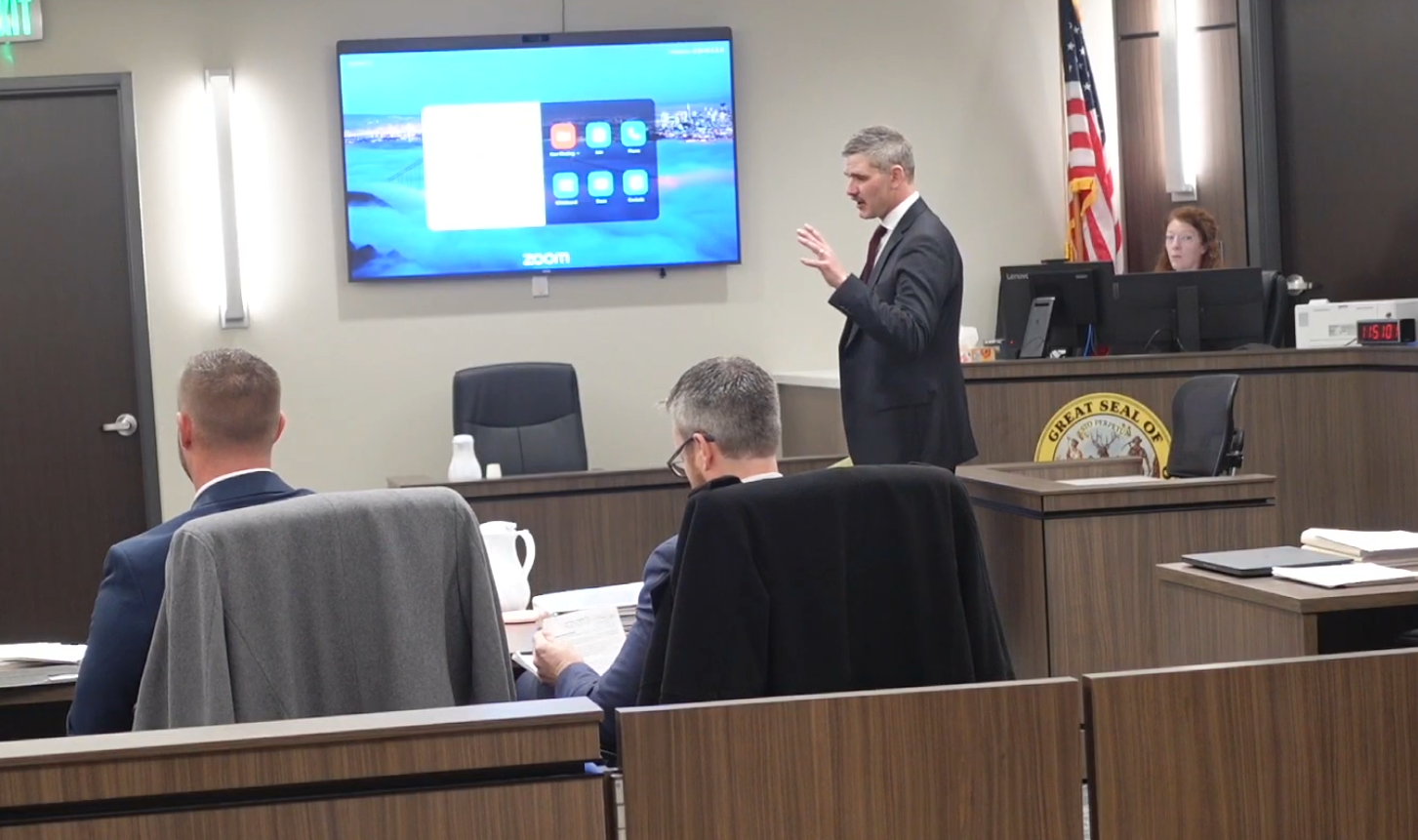By: Rob Harding of Kootenai County
Idaho’s population has grown faster than any other state’s in the past decade. Since 1980, it has doubled, from 940,000 to over 1.9 million today, and this explosive growth is set to continue. By 2060, Idaho is on track to have a population of 2.7 million.
All that growth has consequences.
According to a new study of government data, Idaho lost more than 370,000 acres of farmland and natural habitat from 1982 to 2017. That means fewer pristine views, less habitat for wildlife, fewer farms for traditional livelihoods, and less peace and quiet.
Gem State residents don’t want more unchecked growth, according to new polling data. They worry that the droves of people arriving in recent years, particularly from California, will fundamentally change life in their hometowns.
Luckily, it’s not too late to stop the trend. If people want to “keep Idaho beautiful” and stop others from “Californicating” Idaho – as popular bumper stickers suggest – they can band together and demand common sense solutions from our federal, state, and local governments.
Idaho’s population has grown so much because America’s population did too. The country’s population went from 179 million in 1960 to 335 million today. Much of that growth happened thanks to immigration. In fact, annual legal immigration levels have tripled since 1960, to say nothing of illegal immigration, which is currently setting all-time records.
Many of these immigrants – roughly twenty-five percent per year – have gone to California. The Golden State’s population has ballooned to nearly 40 million.
No wonder, then, that Californians tired of crowded cities and high costs of living are fleeing for other states. No other state exports more people to Idaho than California.
Those new residents, whether in Boise or elsewhere, must live somewhere. So now Boise has become a rather large city, dotted with new neighborhoods and homes. The city ranked as America’s sixth “fastest-growing place” in 2023-2024, according to the US News & World Report. Meanwhile, Kootenai County’s population is on pace to grow by a whopping forty-two percent by 2040.
If the 370,000 acres of lost cropland and wildlife habitat were concentrated in one area, that wouldn’t be great, but it would at least be manageable, keeping natural areas natural and built areas built.
But sprawl doesn’t work that way. New developments are often scattered across the landscape, causing habitat fragmentation by dividing up forests and rangeland. That’s terrible for wildlife, and the people who must deal with unwanted encounters, from bears raiding backyard pet food bowls to drivers who fear plowing into an elk on their commutes.
Sprawl also poses a threat to key industries. Idaho is famous for its potatoes, but fewer people know Idaho also leads the nation in alfalfa hay, peppermint, and barley production. We also excel in dairy products, sugar beets, and hops. Yet farmers have lost sixteen percent of their cropland in the last four decades. More sprawl often means fewer farm jobs.
Idahoans don’t want to lose their natural beauty and traditional way of life to sprawl. In fact, 93 percent of Idaho voters want to either slow down, stop, or reverse population growth, while 77 percent think keeping current levels of growth will make the state worse, and 81 percent consider it “very important” to protect farmland from development to feed America.
But to turn these wishes into reality, citizens will need to engage every level of government.
Start with federal immigration policy. Fewer immigrants to the United States as a whole, and California specifically, would ultimately mean fewer people moving to Idaho. We can demand that our congressional delegation support common sense immigration restrictions.
Second, local municipalities and counties can pass zoning laws that encourage new development to go up, not out. Instead of yet another subdivision, local towns and cities in our county, including Coeur d’Alene and Post Falls, can encourage multi-story and multi-family development along major throughways and town centers.
Finally, individuals can get involved with local organizations, both governmental and non-profit, committed to protecting natural places and farmland across the state. Interested people can contact their local soil and water conservation district, the Kootenai County Aquifer Protection board, or the county Farm Bureau, among others.
Idaho is beautiful. It’s why many have chosen to make it their home. But it won’t remain beautiful if unfettered migration and development continue.
Rob Harding is Sustainability Outreach Liaison for NumbersUSA. He lives in Kootenai County.







